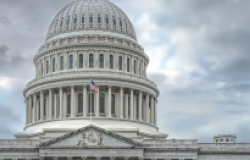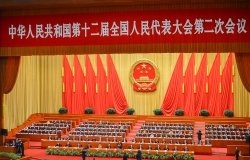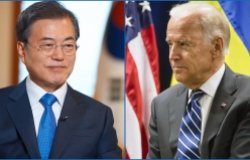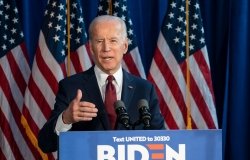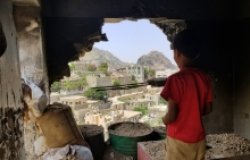Sunday's Presidential Election: Where Will Chile Go?
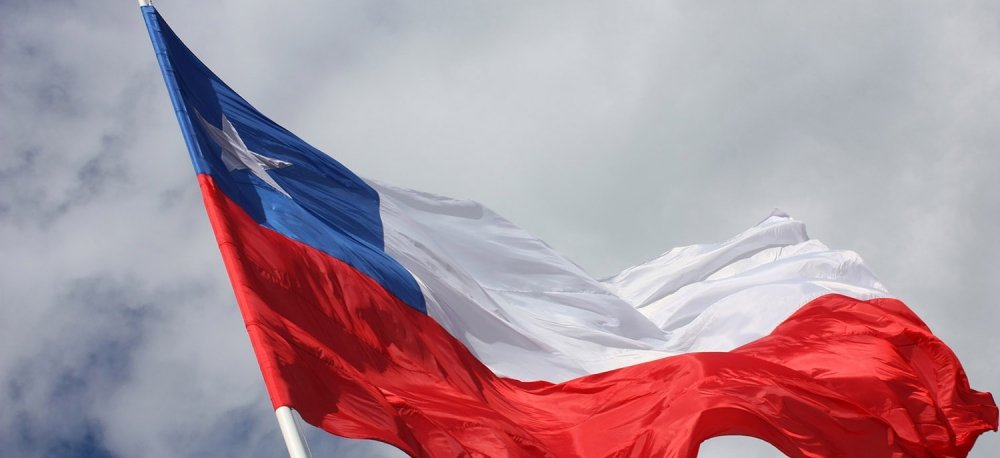
A SECOND TERM LIKELY FOR SEBASTIÁN PIÑERA
Chileans will go to the polls on Sunday, November 19 to elect their seventh president since the restoration of democracy in 1990. Former president Sebastián Piñera, who under the 1980 constitution can serve a non-consecutive term, is the presumptive winner as he has maintained a consistent lead in the polls. There remains a chance, however slight, that he could win an absolute majority of votes, thereby avoiding a second-round election. In such a run-off, which would take place on December 17, the most likely scenario is that Piñera would still clinch victory, due to low voter turnout and the fractured base of the incumbent’s coalition.
A businessman whose fortune is estimated at $2.7 billion, Piñera, who served as president from 2010-2014, is the only center-right politician to have defeated the Coalition of Parties for Democracy (Concertación) since Chile’s return to democracy. The coalition supporting Piñera’s candidacy, known as Chile Vamos (Let’s Go Chile), is composed of conservative and center-right parties. His success in the campaign is considered a rebuke to President Michelle Bachelet’s second term, as his support is due in large part to the governing coalition’s low approval ratings. In addition, Chile’s economy has slowed considerably, along with other economies of South America, due to a significant drop in commodity prices. Another factor in Piñera’s probable victory is the splintering of the Concertación coalition, with the center-left and centrist parties deciding to go their own way.
ECONOMIC MALAISE, A FRACTURED COALITION, AND HIGH VOTER ABSTENTION
For nearly three decades, the Concertación maintained a strong political bloc after defeating General Augusto Pinochet in a 1988 plebiscite. In that period, the Concertación focused on inclusive growth to enhance the well-being and livelihoods of Chileans after the dictatorship. From 1990 to the peak of global copper prices in 2011, the economy grew an average of 5.5 percent per year. Poverty also declined drastically, from 68 percent in 1990 to 14.4 percent in 2013, although a stubborn level of income inequality has remained. According to World Bank figures, inequality in Chile has declined since 1990, but was higher than its neighbors, Peru and Argentina, in 2013.
Over the last several years, President Bachelet has been able to deliver on some of her reformist platform, including on issues of taxation, education, and campaign finance. But by August 2016 her approval rating had sunk to just 19 percent, according to an Adimark survey—the lowest level of any president since Chile’s return to democracy. Her approval rating improved slightly, going up to 35 percent in August, yet was short lived. According to a recent survey by the Santiago-based think tank, Center for Public Studies (Centro de Estudios Públicos, CEP), 64 percent of respondents indicated that they do not trust the president and only 23 percent approve of the way she has led the government.
Bachelet’s term was weakened by several high-profile corruption cases as well as by the perception that her reformist agenda was poorly executed. Yet other factors outside the control of the government should be considered. In the first year of her second term, the economy began to feel the repercussions of lower copper prices, thereby reducing the resources for many of the progressive policies Bachelet had championed since the beginning of her first term in 2006.
Historically, Chile has been heavily reliant on copper exports, which account for approximately 20 percent of GDP and over half of all exports. The peak of copper prices occurred in 2011, during the second year of the first Piñera administration; but by the beginning of Bachelet’s second term, the global price of copper had declined by 22 percent and real GDP had dropped from 6.1 percent to 1.9 percent.
Source: OECD and Federal Reserve Bank of St. Louis
Beyond the economic issues, the political fragmentation of her coalition is undoubtedly of consequence. For the first time since the restoration of democracy, the Christian Democratic Party (DC) decided to split from Bachelet’s Nueva Mayoría (New Majority) coalition and run its own candidate. Carolina Goic, the DC party leader, is unlikely to obtain more than 5 percent of total votes in the first round, according to recent polls.
Alejandro Guillier of the Social Democrat Radical Party and candidate for the New Majority bloc, renamed the coalition Fuerza de la Mayoría, is expected to come in second in the first round of voting. Considered an outsider, Alejandro Guillier has quickly improved his standing in the polls, but major challenges surround his coalition’s ability to generate broader support from the electorate. He currently trails Piñera by some 20 points. The leftist Frente Amplio bloc (Broad Front) led by Beatriz Sánchez is running a distant third, with the support of only 8.5 percent of likely voters.
According to Hugo Frühling, director of the Institute of Public Affairs at the University of Chile, there isn’t a clear roadmap for the future of the New Majority, as the coalition is lacking leadership capable of unifying different parties and factions. “There doesn’t exist a large possibility for a formalized alliance between Piñera’s center-right coalition and the Christian Democrats,” he said in an interview. “However, in a second term, [Piñera] could attract votes in Congress for some or many of his initiatives.”
Chileans currently lack trust and confidence in the political system. According to CEP polling data, 47 percent of respondents indicated they have no interest in politics. While it would be an exaggeration to say that apathy plagues Chile, voter turnout is perhaps the best measure to gauge the interest and buy-in from citizens. According to Daniel Andrade, president of the University of Chile’s Student Federation (FECH), political apathy has increased among young voters. Previous experiences in which the government has lacked consistency on education have hurt the student movement’s level of participation, with some succumbing to cynicism over the current election.
“Chilean elections are marked by the current international context, where conservatives have created a space for the discussion of change, primarily of economic solvency to address crises in the system,” Andrade stated.
Many young people as well as other demographics within Chile may simply not participate in the elections given current options. Between 1989 and 2012, voter participation hovered between 85 and 94 percent. After compulsory voting was ended in 2012, turnout dropped to just 42 percent in the 2013 presidential election. Those least likely to vote include young and low-income people, particularly in urban areas such as Santiago. According to a recent United Nations Development Program (UNDP) report, Analysis of Electoral Participation in Chile, the effect of income on electoral participation is the opposite in Santiago of what it is in more rural or smaller urban areas throughout the country. According to the UNDP’s Marcela Ríos, lower income can mean a higher likelihood of voting in las regiones, but in Santiago, higher income voters are more likely to participate.
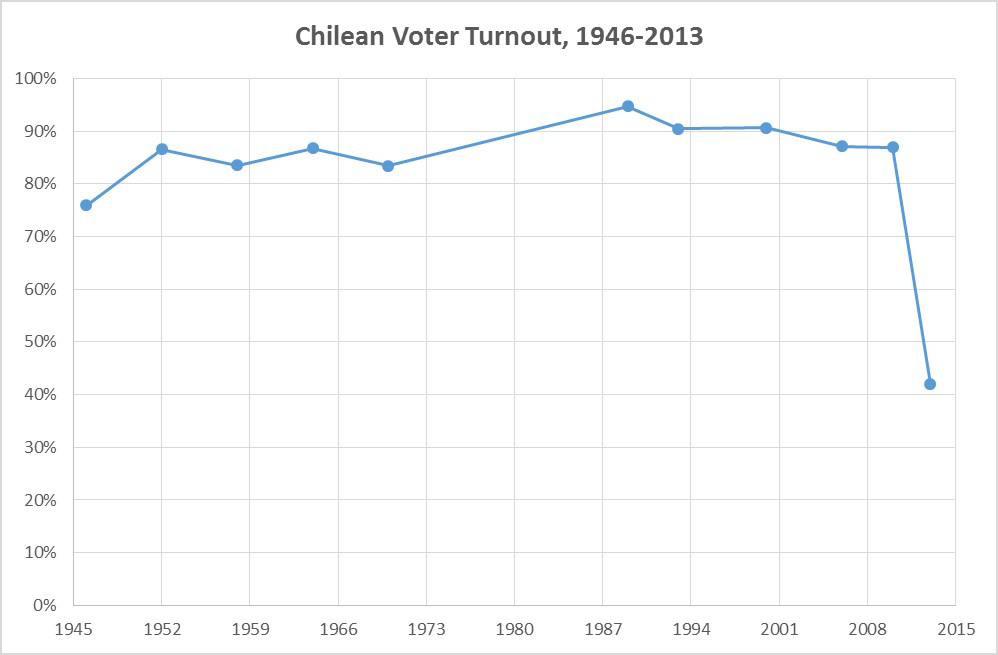
Source: International IDEA
The UNDP study uses as an example three contrasting districts with significant differences in household income. Forty-five percent of eligible voters in the high-income neighborhood of Vitacura exercised their right to vote in the last municipal election. However in the poorer neighborhoods of La Granja or La Pintana, only 21 percent did so. While a smaller turnout may indeed help the Piñera campaign, it will not serve the purpose of solidifying the needed mandate to implement his platform.
Source: Marcela Ríos. UNDP. "Diagnóstico sobre la participación electoral en Chile."
Figure 4. Rate of Electoral Participation in Santiago Districts.
AYLWIN VERSION 2.0 ?
Chile finds itself in a very different scenario than it did in 1990. Provided Piñera wins a second term, he will need to enhance his abilities as a statesman in finding common solutions and by implementing a gradualist approach to reform. If he doesn’t, he risks alienating various sectors that will quickly mobilize to oppose his agenda. This is nowhere clearer than on the topic of education reform, where his views differ markedly from those of the Bachelet administration.
The greatest challenge during a second Piñera term will be to attract the support of more moderate elements outside of his Chile Vamos coalition, while also managing pressure from the most conservative members of his bloc, such as independent candidate from the UDI party, José Antonio Kast. For now, Piñera has projected an image of a leader able to find common ground and build consensus—at times even referencing Patricio Aylwin, a Christian Democrat who led the Concertación to victory in the election marking Chile’s return to democracy.
While the continuation of a center-left government seems unlikely, the failure of Piñera to win in the first round could provide sufficient time to strengthen Alejandro Guillier’s chances in a December runoff. More likely, however, is that Piñera will continue to maintain his advantage due to a weakened center-left coalition, the expectation of low voter turnout, and the memory of stronger economic growth under his presidency just four years ago.
*Anders Beal is a Program Assistant in the Latin American Program. He lived in Chile from 2012 to 2014, where he worked at the U.S. Embassy and the American Chilean Chamber of Commerce. The opinions or views expressed are those of the author. They do not necessarily reflect the views of the Wilson Center staff, fellows, trustees, advisory groups, or any individuals or organizations that provide financial support to the Center.
Documents & Downloads
About the Author


Latin America Program
The Wilson Center’s prestigious Latin America Program provides non-partisan expertise to a broad community of decision makers in the United States and Latin America on critical policy issues facing the Hemisphere. The Program provides insightful and actionable research for policymakers, private sector leaders, journalists, and public intellectuals in the United States and Latin America. To bridge the gap between scholarship and policy action, it fosters new inquiry, sponsors high-level public and private meetings among multiple stakeholders, and explores policy options to improve outcomes for citizens throughout the Americas. Drawing on the Wilson Center’s strength as the nation’s key non-partisan policy forum, the Program serves as a trusted source of analysis and a vital point of contact between the worlds of scholarship and action. Read more
